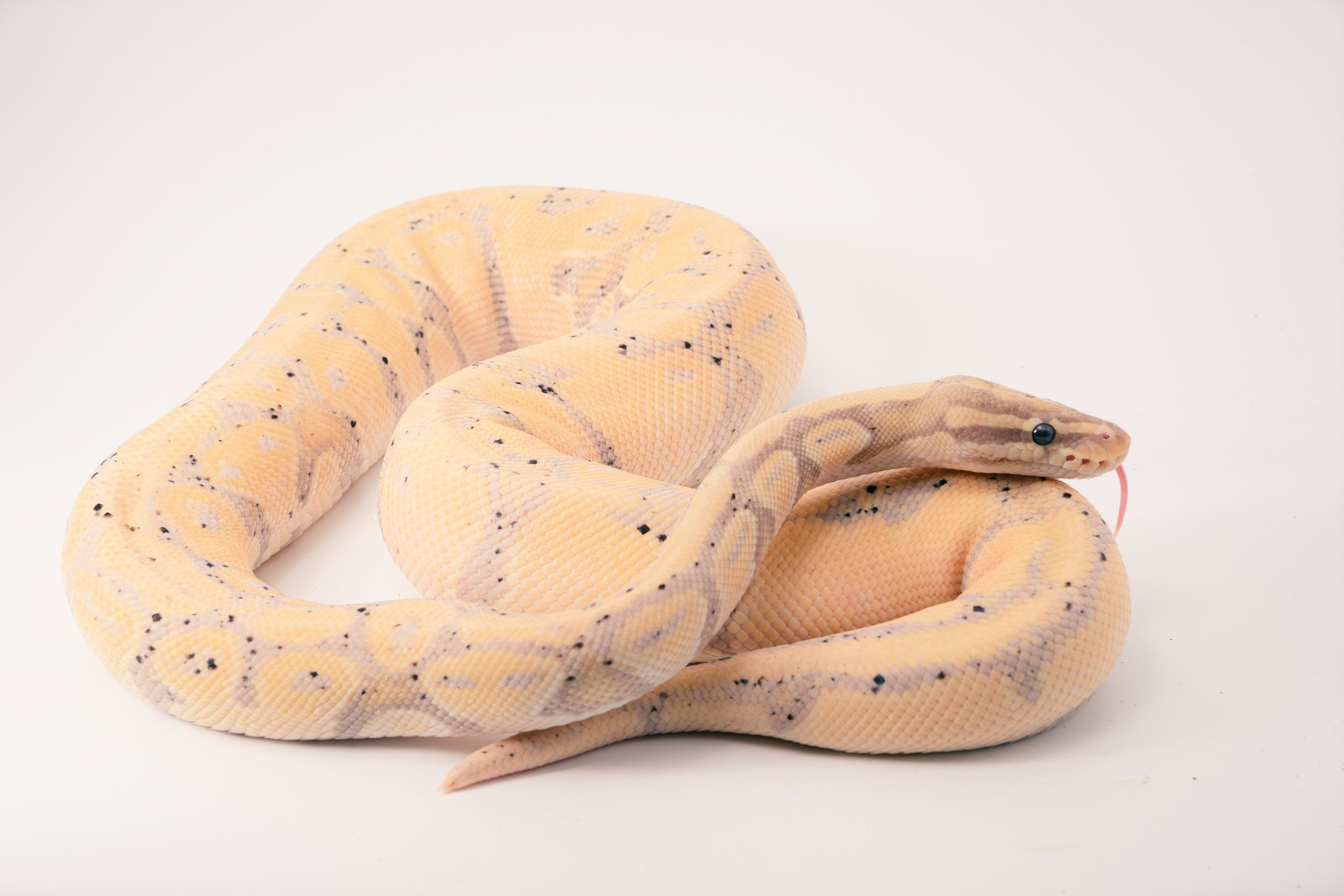For many reptile enthusiasts living in apartments, space constraints and landlord restrictions can make pet ownership challenging. However, snakes often make excellent apartment pets due to their minimal space requirements, quiet nature, and infrequent feeding schedules. Not all snake species are created equal when it comes to temperament, care requirements, and suitability for smaller living spaces. If you’re considering adding a scaly companion to your apartment lifestyle, certain snake breeds stand out for their relaxed demeanor, manageable size, and relatively simple care needs. Let’s explore the six most apartment-friendly snake species that combine easy maintenance with fascinating personalities.
Understanding the Benefits of Snake Ownership in Apartments
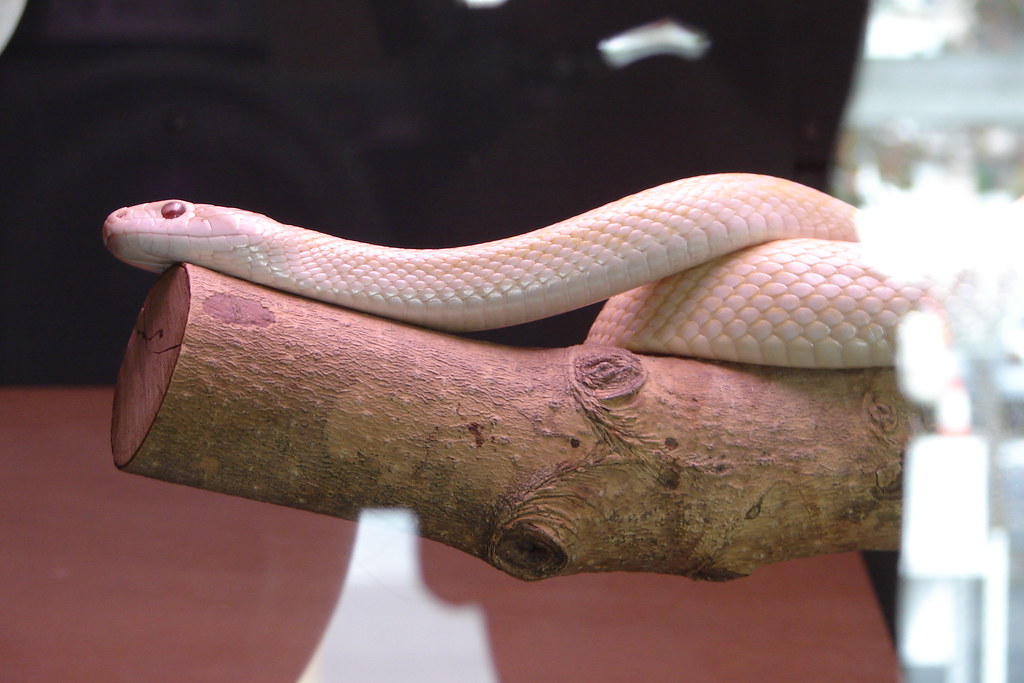
Snake ownership offers unique advantages for apartment dwellers that many other pets simply cannot match. Unlike dogs or cats, snakes don’t require daily walks, create noise disturbances for neighbors, or need constant attention and interaction. Their enclosures typically take up minimal floor space compared to other pets, often fitting comfortably on a sturdy shelf or tabletop. Most apartment-friendly snake species only need feeding once every 1-2 weeks as adults, eliminating the daily feeding routines required by many other pets. Additionally, snakes are hypoallergenic, making them suitable for people with allergies to fur or dander that might otherwise prevent pet ownership. Their quiet, contained nature means they won’t disturb neighbors or violate noise restrictions in apartment communities.
Ball Python: The Gentle Giant
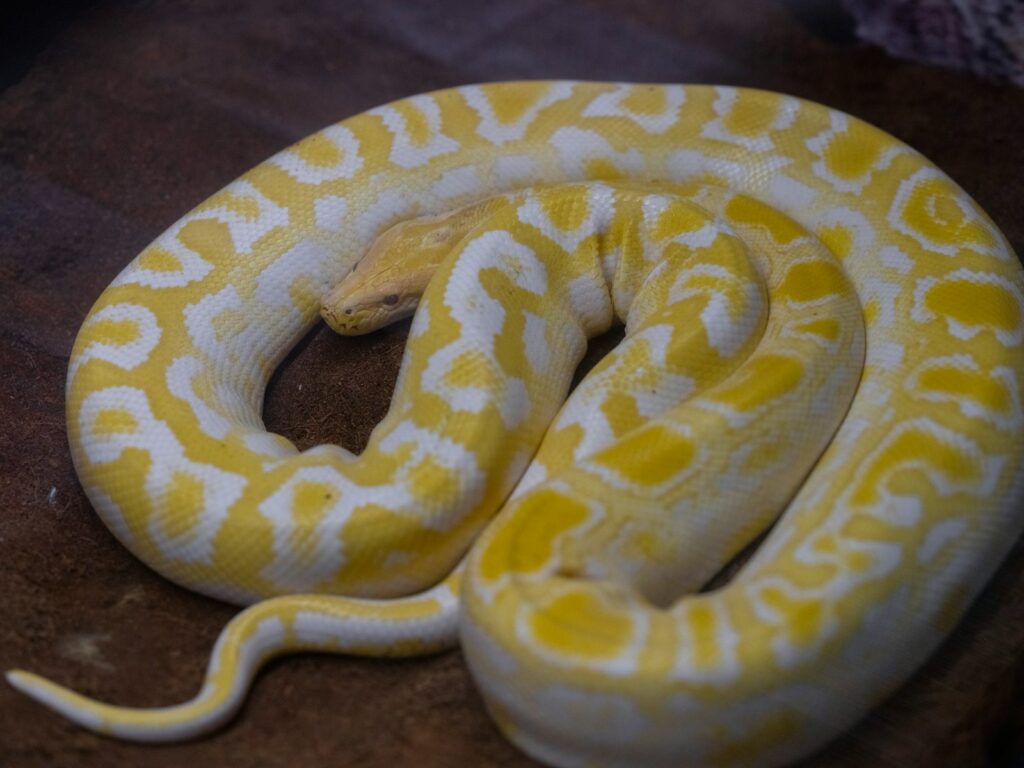
Ball pythons (Python regius) have earned their reputation as the quintessential beginner snake due to their docile temperament and manageable size. Typically growing to 3-5 feet in length, these snakes remain compact enough for apartment living while still offering an impressive presence. Their name comes from their defensive behavior of curling into a ball when stressed, though captive-bred specimens rarely display this behavior with regular handling. Ball pythons are known for their patience and tolerance of handling, rarely striking or showing aggression toward their owners. With a lifespan of 20-30 years, they offer long-term companionship without the high-energy needs of many other pets. Their calm demeanor makes them perfect for first-time snake owners living in smaller spaces, as they adapt well to regular handling and rarely attempt to escape their enclosures.
Corn Snake: The Low-Maintenance Companion
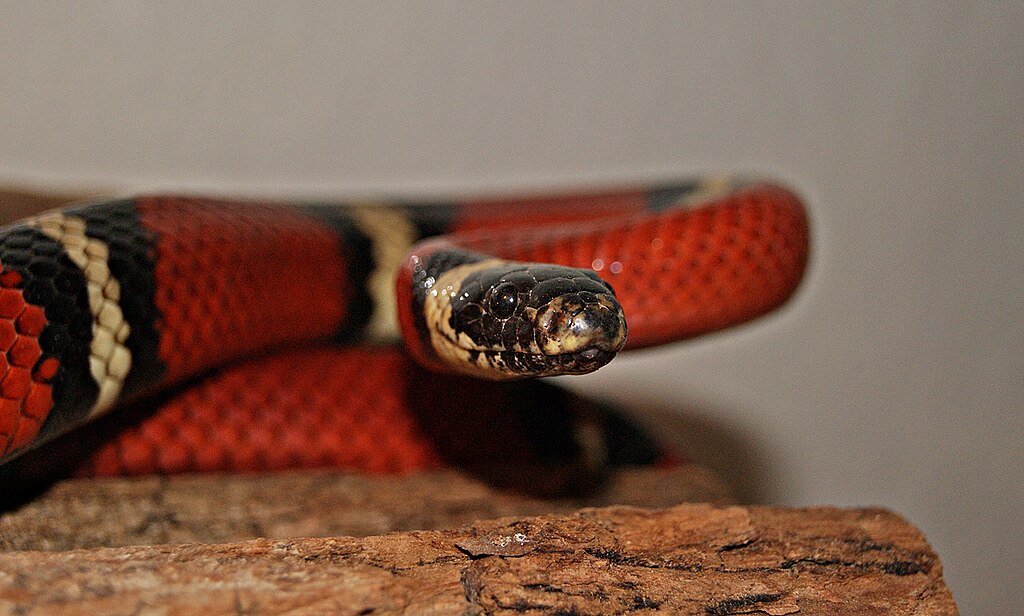
Corn snakes (Pantherophis guttatus) stand out as perhaps the most apartment-friendly snake species due to their perfect combination of hardiness, docile temperament, and stunning appearance. These North American natives typically reach 3-5 feet in length, making them substantial enough to handle comfortably without requiring excessive space. Available in dozens of color morphs ranging from classic orange-red patterns to albinos, snows, and tesseras, corn snakes offer visual variety to match any aesthetic preference. Their care requirements are straightforward—a 20-40 gallon enclosure, simple temperature gradient, and weekly feeding schedule make them incredibly low-maintenance. Corn snakes rarely bite, even when startled, and quickly become accustomed to gentle handling, often remaining calm and curious during interaction. Their problem-solving intelligence and inquisitive nature make them engaging pets despite their minimal care requirements.
Kenyan Sand Boa: The Space-Saving Burrower
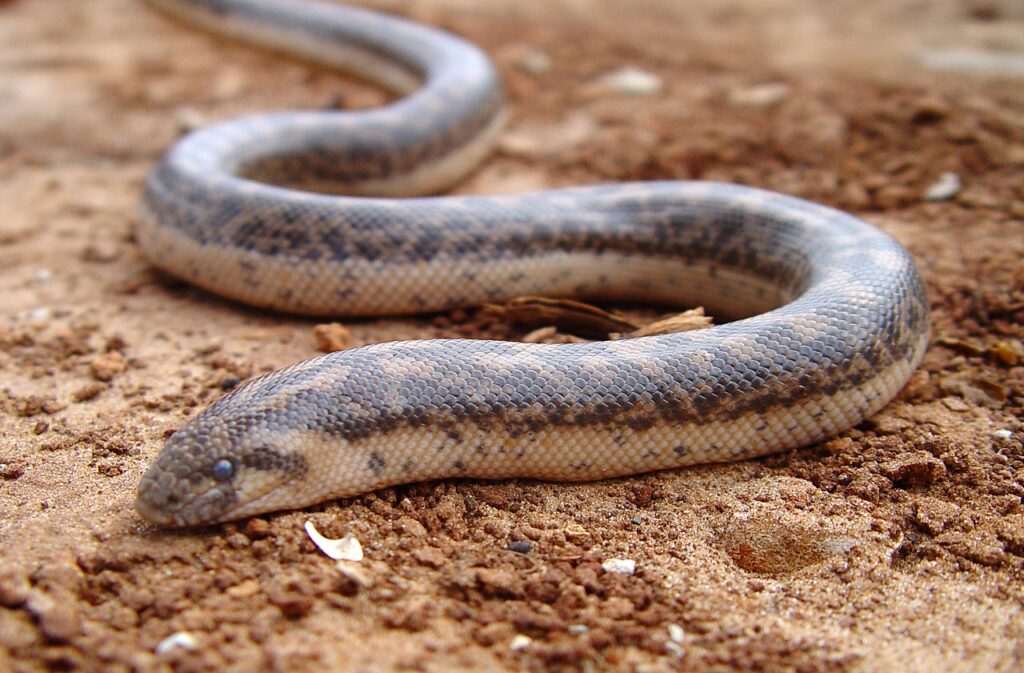
For apartment dwellers with extremely limited space, the Kenyan Sand Boa (Gongylophis colubrinus) offers a fascinating alternative to larger snake species. These stout-bodied, ground-dwelling snakes rarely exceed 2-3 feet in length, with females typically larger than males. Their specialized burrowing behavior makes them unique among pet snakes, as they spend much of their time partially or completely submerged in their substrate. Despite their somewhat secretive nature, Kenyan Sand Boas possess remarkably calm temperaments, rarely attempting to bite and tolerating gentle handling once acclimated. Their enclosure requirements are minimal—a 10-20 gallon tank with several inches of substrate provides ample space for their natural behaviors. Their feeding response is typically strong but not aggressive, making maintenance straightforward even in the confined quarters of apartment living.
Children’s Python: The Apartment-Sized Australian
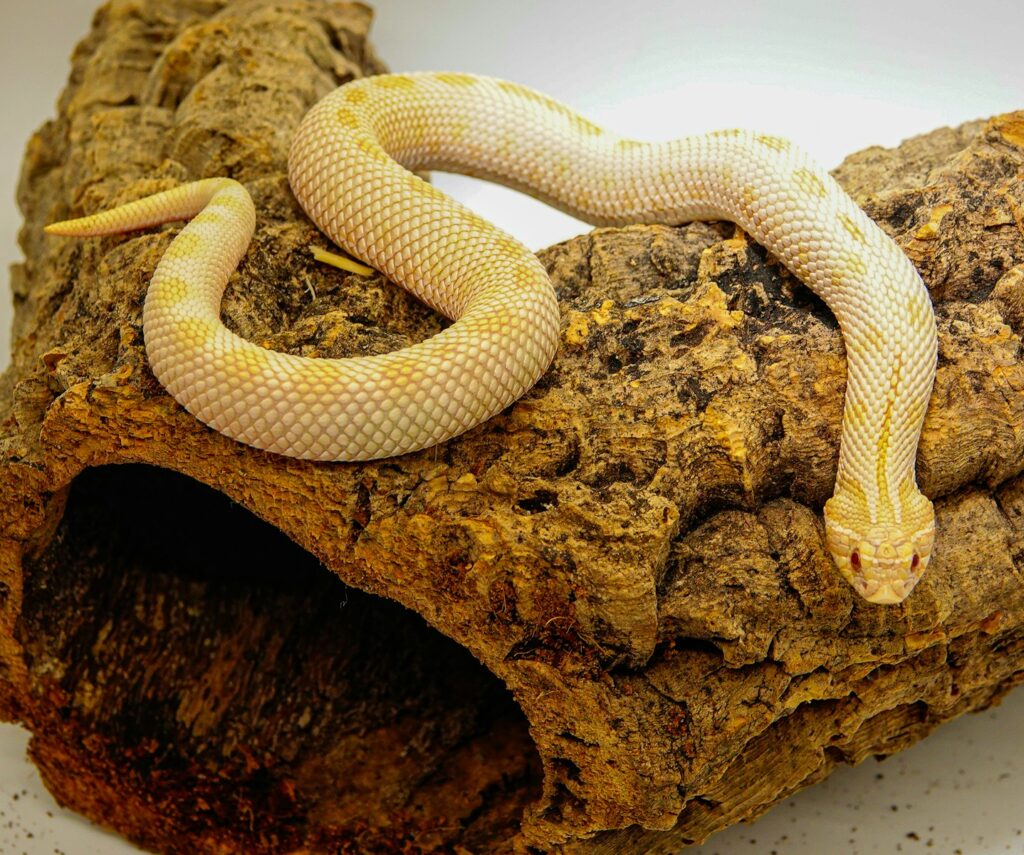
Despite their somewhat misleading name, Children’s Pythons (Antaresia childreni) make excellent adult companions, especially in apartment settings. Named after John George Children, a curator at the British Museum, these Australian pythons typically reach only 2-4 feet in length, making them one of the smallest python species available in the pet trade. Their compact size allows them to thrive in enclosures as small as 20 gallons, perfect for apartment living. Children’s Pythons possess remarkably calm temperaments, rarely displaying defensive behaviors and quickly acclimating to regular handling. Their heat and humidity requirements are less demanding than many tropical species, simplifying their care in varying apartment conditions. With proper care, these pythons can live 20-30 years, making them long-term companions that won’t outgrow their welcome in smaller living spaces.
Rosy Boa: The Desert Dweller
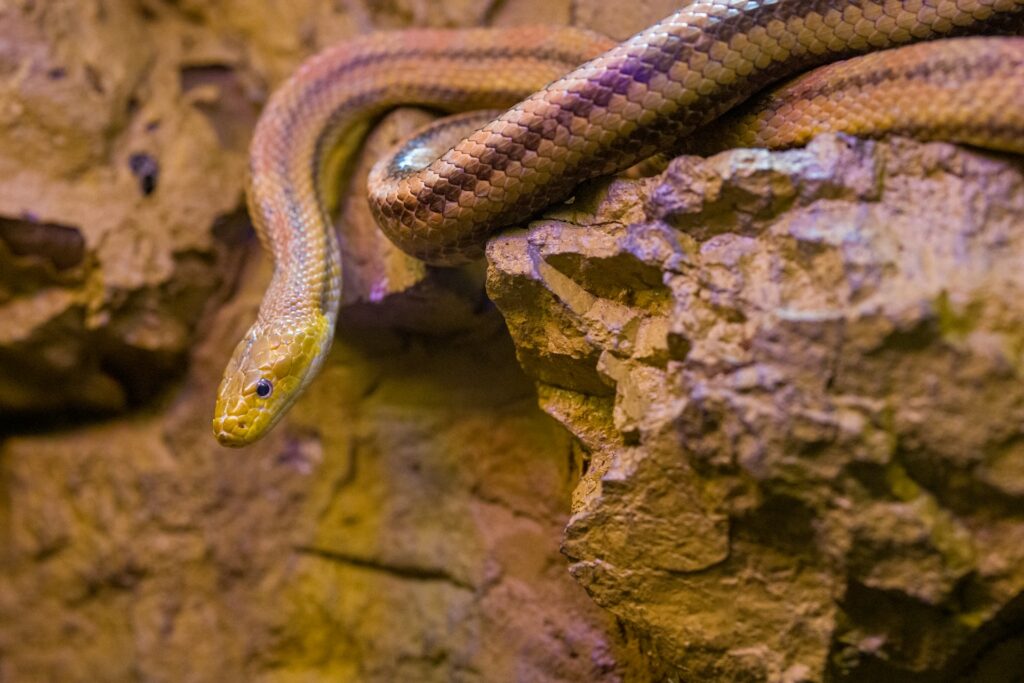
Rosy Boas (Lichanura trivirgata) represent one of the most underrated snake species for apartment living, combining exceptional temperament with straightforward care requirements. Native to the southwestern United States and northwestern Mexico, these snakes typically grow to just 2-4 feet in length, remaining manageable throughout their 20-30 year lifespan. Their thick, muscular bodies move with deliberate slowness, making them less intimidating for new handlers and less likely to make sudden movements that might startle neighbors during hallway encounters. Rosy Boas thrive in low-humidity environments, eliminating the need for complex misting systems or humidifiers that might cause moisture issues in apartment settings. Their feeding response is typically calm and measured, lacking the dramatic striking behavior that some find unsettling in other snake species. Available in several attractive color patterns representing their various natural locales, Rosy Boas offer visual appeal without demanding elaborate care routines.
Western Hognose Snake: The Theatrical Charmer

Western Hognose Snakes (Heterodon nasicus) combine compact size with personality-plus behavior, making them entertaining apartment companions. Recognizable by their upturned snouts used for burrowing, these snakes typically reach only 2-3 feet in length, with females growing larger than males. Despite their dramatic defensive displays—which can include hissing, flattening their necks, and even playing dead—hognose snakes rarely follow through with actual bites. These theatrical behaviors actually make them fascinating to observe without presenting genuine danger. Their enclosure requirements are modest, with a 20-gallon tank sufficient for adults and their semi-arid habitat easy to maintain in most apartment settings. Hognose snakes thrive on a diet primarily consisting of amphibians in the wild, but captive specimens readily accept appropriately-sized rodents, simplifying feeding routines. Their inquisitive nature and diurnal activity patterns make them more visible and interactive than many nocturnal snake species.
Essential Enclosure Considerations for Apartment Snake Keeping
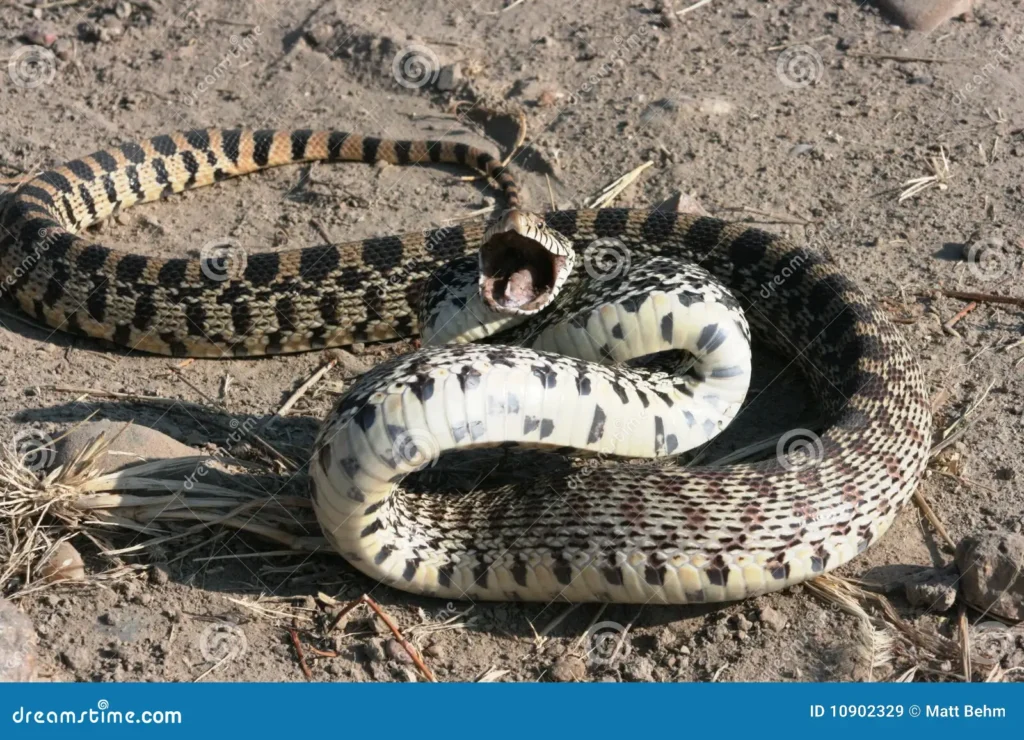
Creating appropriate housing for apartment snakes requires balancing the animal’s needs with space limitations and aesthetic considerations. Front-opening terrariums generally prove more practical in apartments, allowing easier access for maintenance without requiring significant clearance above the enclosure. Secure locking mechanisms are non-negotiable for apartment snake keeping, as escaped reptiles can create significant problems with neighbors and property management. PVC enclosures offer advantages in moisture retention and insulation, helping maintain appropriate conditions without excessive electricity use—an important consideration when utilities may be included in rent. Stackable enclosure systems can maximize vertical space for those keeping multiple snakes, effectively utilizing apartment wall space rather than valuable floor area. When selecting location, avoid placing enclosures near windows that receive direct sunlight, as this can create dangerous temperature fluctuations in the small space of an apartment.
Heating and Lighting Solutions for Limited Spaces
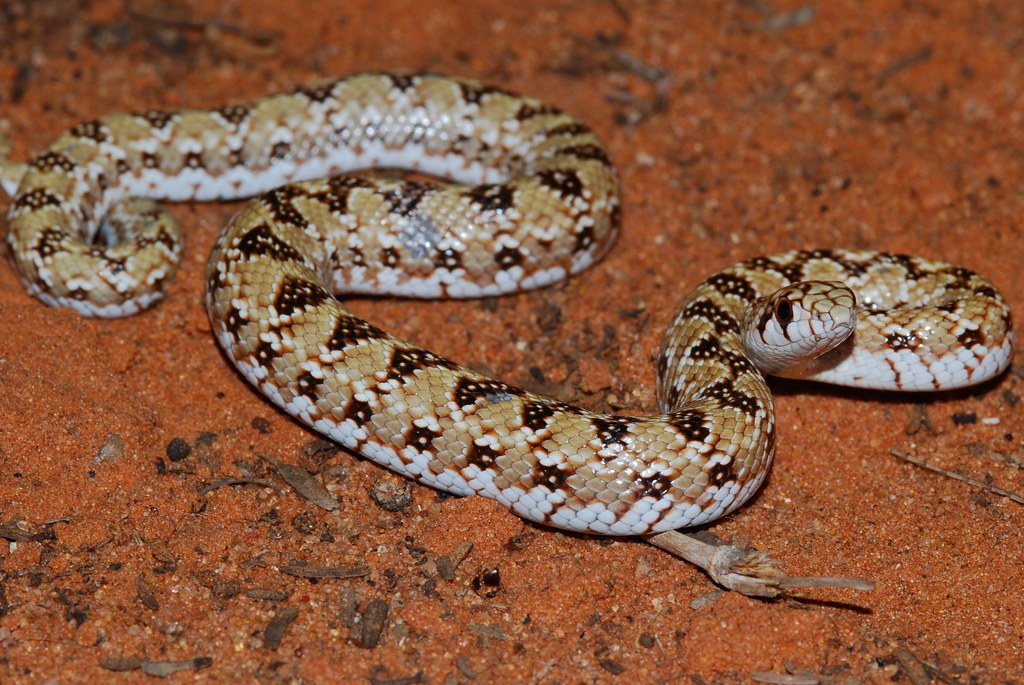
Providing appropriate environmental conditions in apartment settings requires thoughtful planning to ensure both snake health and dwelling safety. Under-tank heating pads regulated by thermostats offer the most apartment-friendly heating solution, as they create minimal fire risk compared to overhead lamps that might contact flammable materials. Heat tape systems provide another low-profile alternative that can be customized to fit various enclosure sizes without protruding into limited apartment space. For species requiring UVB lighting, compact fluorescent bulbs designed specifically for reptiles can provide necessary spectrum without the excessive heat output of older bulb types. Digital thermostats with alarm features provide additional safety measures, alerting owners to potential temperature fluctuations that could harm the animal or create fire hazards. Regardless of the heating method chosen, all heating elements should be connected to surge protectors to prevent electrical issues common in older apartment buildings.
Feeding Considerations and Food Storage
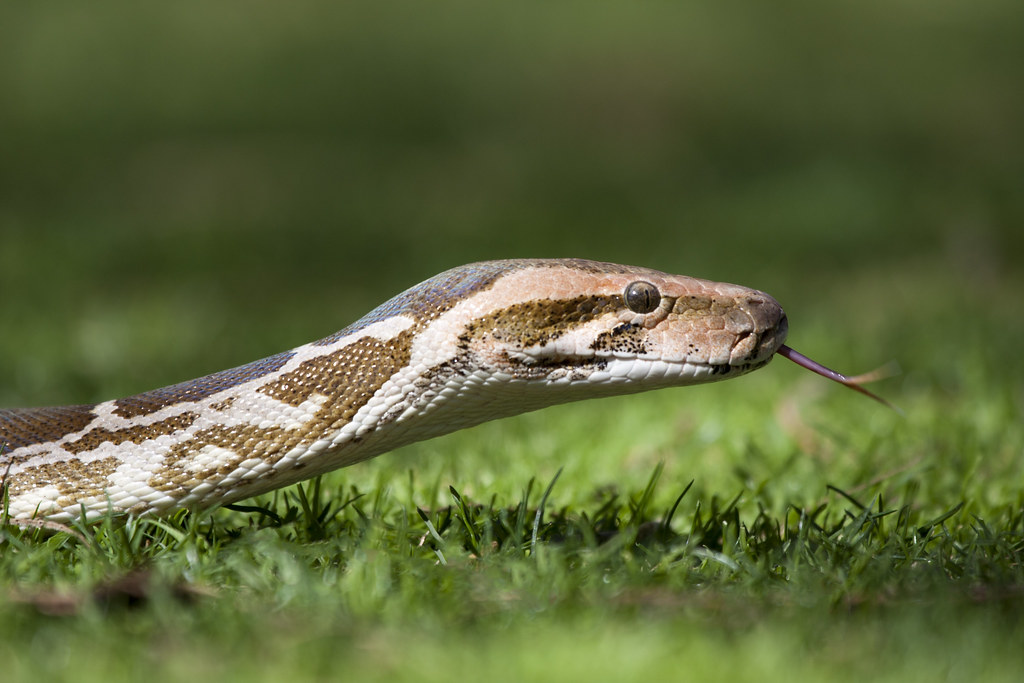
Managing feeding routines in apartment settings requires special consideration regarding storage, preparation, and potential roommate or neighbor concerns. Pre-killed frozen rodents represent the safest and most humane feeding option for apartment snake keepers, eliminating the noise and ethical issues associated with live feeding. A dedicated small freezer or sealed container within a shared freezer provides appropriate storage while maintaining respectful boundaries with roommates or family members. Creating a consistent feeding schedule—typically outside of times when guests might be present—helps establish routine and reduces the likelihood of negative reactions from visitors. For those with particularly squeamish housemates, feeding can be scheduled during their regular absences, with all evidence cleared away before their return. Some apartment keepers find it helpful to maintain a small supply of appropriately-sized feeders to avoid frequent trips to specialty pet stores, which may be less accessible in urban apartment settings.
Managing Landlord Relations and Pet Policies
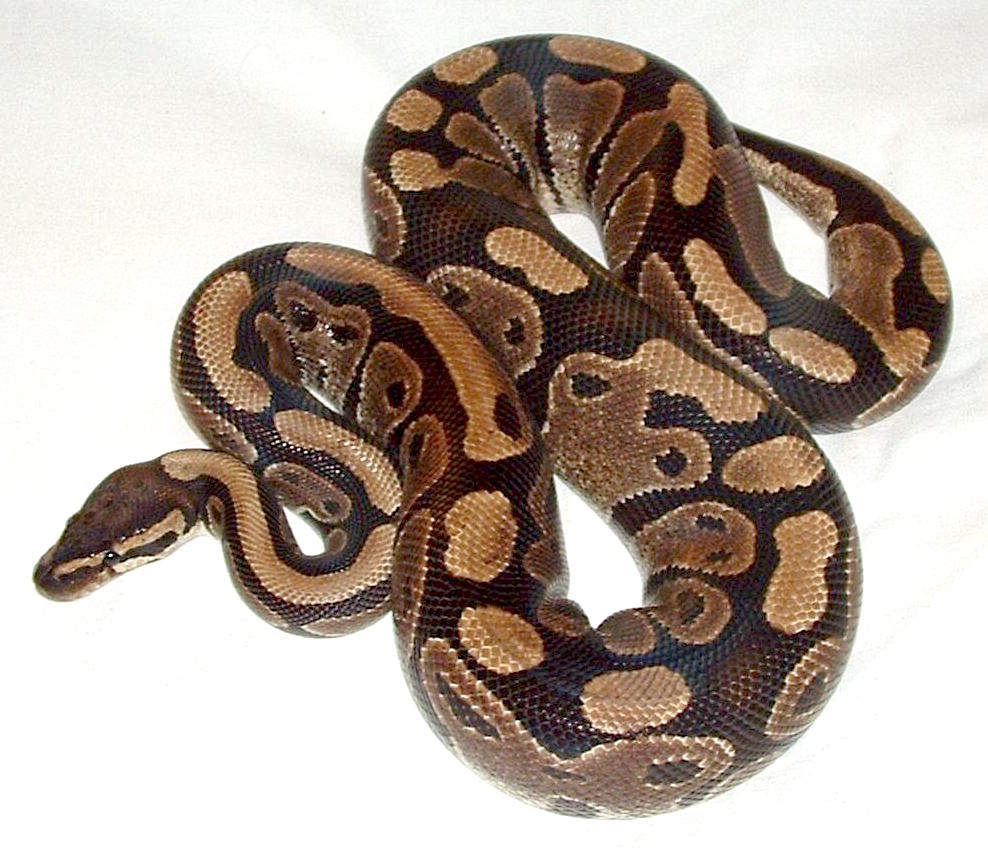
Successfully keeping snakes in apartments often depends on navigating property management policies with transparency and responsibility. Before acquiring any snake, thoroughly review your lease agreement for specific language regarding exotic pets, as many standard “no pets” policies focus primarily on cats and dogs without explicitly addressing reptiles. Approach conversations with landlords armed with educational materials about your chosen species, emphasizing their contained nature, lack of damage potential, and absence of noise. Offering additional security deposits specifically earmarked for potential exotic pet issues can sometimes sway hesitant property managers. Maintain appropriate renter’s insurance that covers exotic pet ownership, providing an additional layer of security for both you and your landlord. If policies strictly prohibit all pets, consider searching for snake-friendly housing rather than attempting to circumvent rules, as discovery could lead to difficult choices between housing and your scaly companion.
Creating Enrichment in Limited Space
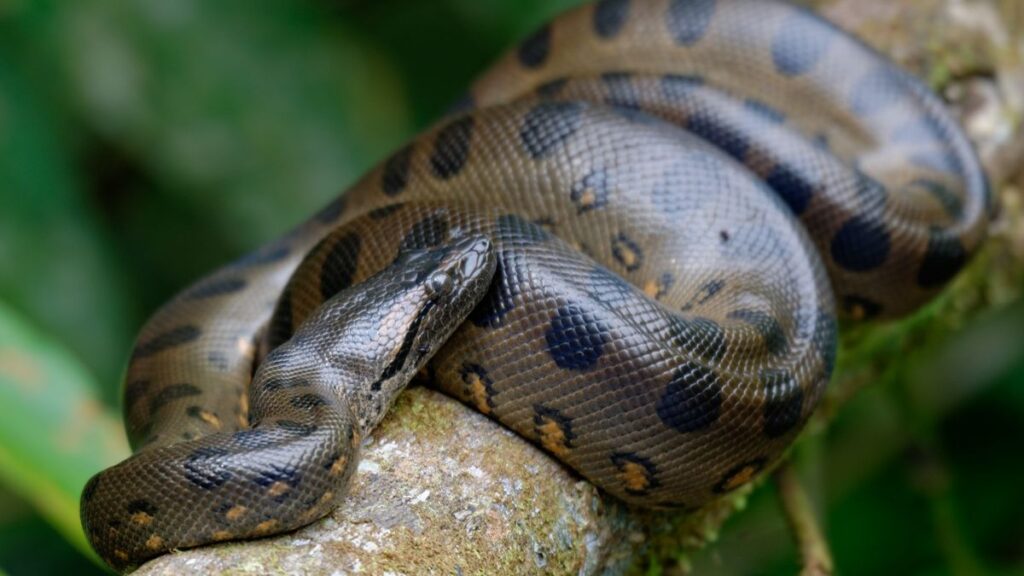
Providing mental stimulation for snakes within apartment confines requires creativity but remains essential for their psychological wellbeing. Strategically arranged hides of varying types (humid, dry, elevated) create microenvironments that encourage natural exploration behaviors without demanding additional floor space. Climbing branches and secured vertical elements can utilize the height of enclosures, effectively multiplying usable space for semi-arboreal species like corn snakes. Substrate variations within the same enclosure create textural diversity that stimulates sensory exploration during active periods. Rearranging these elements monthly provides novel experiences without requiring new purchases or additional storage space—an important consideration in apartments with limited storage. For particularly intelligent species like hognose snakes, occasionally offering appropriately sized puzzle feeders can provide hunting stimulation that mimics natural foraging behaviors, though such enrichment should always be supervised to prevent ingestion of non-food materials.
Conclusion: Finding Your Perfect Apartment Snake Companion
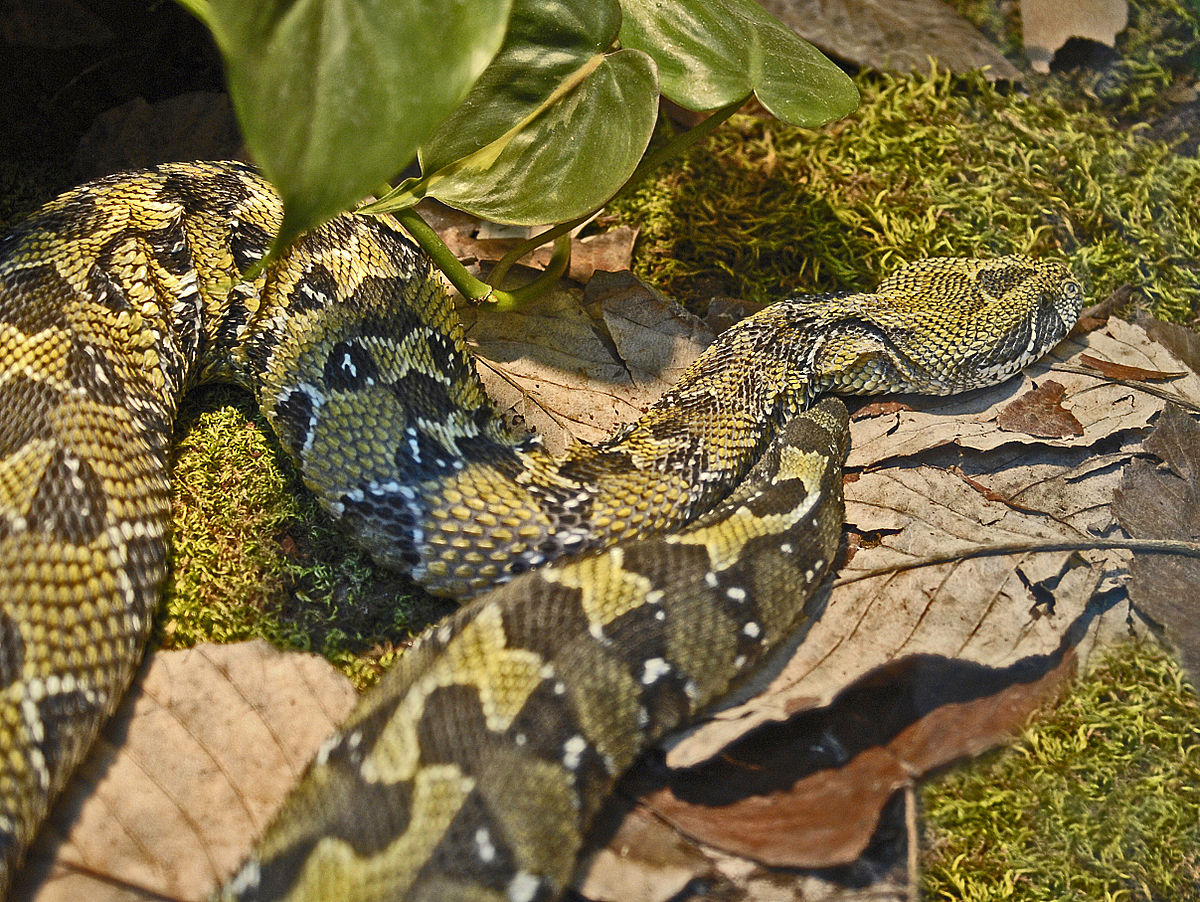
Selecting the ideal snake for apartment living ultimately depends on balancing your personal preferences with practical space considerations and care capabilities. Each of the six species discussed offers unique advantages, from the ball python’s gentle temperament to the western hognose’s charismatic personality. Before bringing any snake home, research specific care requirements thoroughly and prepare appropriate housing in advance. Consider your long-term living situation, as many of these species can live 20+ years with proper care, potentially accompanying you through multiple apartment moves. When acquiring your new scaly roommate, prioritize captive-bred specimens from reputable breeders, as these individuals typically display better temperaments and fewer health issues than wild-caught counterparts. With thoughtful preparation and species selection, snake ownership can provide a rewarding, low-maintenance pet experience perfectly suited to the constraints and rhythms of apartment living.

